New discoveries are being made every time along Pingxi Line

John A. Passaro,”Life is like a train ride. People can and will get off at any stop. “ Every time I traveled by train , I thought of this quote. Especially when we rode on the PingXi branch rail line, one of the three historic small branch lines (other than Neiwan and Jiji) that have remained open for tourism. Beacuase you never know who will get on and off. We say good – bye and leave but we will meet again some day.
Like “Taking Leave of Cambridge Again” said,”
Very quietly I take my leave
As quietly as I came here;
Gently I flick my sleeves
Not even a wisp of cloud will I bring away” It is very casual and elegant. You get him or her inside your mind. It is warm and fragrant, isn’t it?

Train journeys offer a more peaceful pace of travel and often evoke a feeling of a bygone era, with the opportunity to mingle with like-minded people.

Well, travel should be easy but trains coming and going always makes people feel sad. Let’s get back to the subject of Pingxi Line. People who live in Northern Taiwan and love to travel should know of this railway branch line. The Pingxi Line (Chinese: 平溪線; Japanese: へいけいせん) is a 12.9 km long, single-track railway branch line of the Taiwan Railway Administration. The railroad was made by the Taiyo mining Co., Ltd for transporting the coal, and after government receive the management, the line once was once discarded, and then changed to tourist railway. It was completed in July 1921 and runs through Ruifang and Jingtong in New Taipei City.
The easiest way to take a train along Pingxi Line is to purchase Pingxi Line 1-Day Pass from Banqiao Station, Taipei Railway Station, Songshan Station, Keelung Station, Badu Station, Ruifang Station, Houtong Station, Yilan Station, Luodong Station, Pingxi Station, Jingtong Station or Shifen Sattion.
 information
information
From Taipei Main Station, take a northbound train (except Keelung-bound trains) towards Ruifang Station. Transfer to the Pingxi Line (平溪線) and purchase a One Day Ticket for the Pingxi Line, NT$80.Trains depart from Ruifang daily at the following times:
05:19, 06:27, 07:23, 08:08, 09:05, 10:02, 11:08, 12:05, 13:05, 14:05, 15:05, 16:08, 17:05, 18:30, 19:22, 20:55
 information
information
From MRT Muzha Station (木柵, Brown Line 1), take bus 795 towards Pingxi (平溪).04:50, 06:20, 06:50, 16:40, 17:30, 20:20, 21:50, 22:40
※This is also called
 The Taiwan Tourist Shuttle service - Muzha Pingxi Route.
The Taiwan Tourist Shuttle service - Muzha Pingxi Route.You can imagine sitting in a crowded bus with no good shock absorbers, traveling over very bumpy mountain roads is not comfortable but full of challenge.
Houtong Cat Village(猴硐貓村)
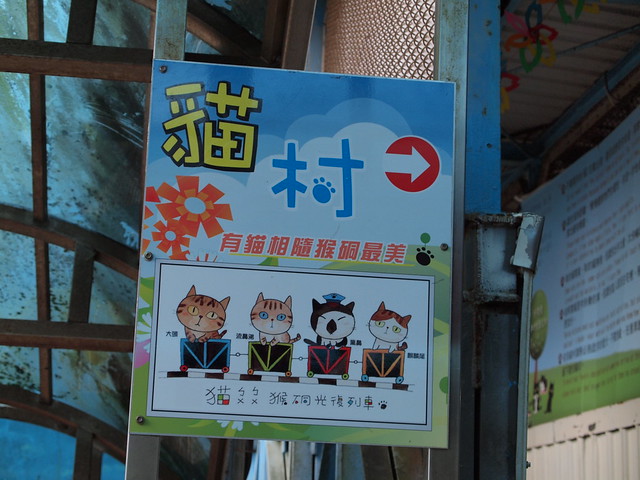
Houtong was originally called Hou Dong which means monkey cave due to the existence of cave inhabited by monkeys in the early days but now it is a village in Ruifang District, New Taipei, Taiwan famous for its cats population.
The first time I went to Houtong because Sophia very wanted to keep a cat as a pet. I did not like pets so I picked her up to Ruifang Station, transferred to Houtong and to watched these cats. Cats are more photogenic than dogs because they are leisurely, elegant and poised.
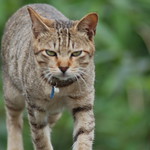



I am sure animal lovers will definitely love this place, but don't come with dry cat food, cats here are fat and I can see dry cat food on floor everywhere, but you might wanna bring a cat stick, maybe you can find a cat that is willing to play with you.

Initially a small coal mining town built during the Japanese era, Houtong attracted over 6,000 workers to the area, producing the highest amount of coal in Taiwan. By the 1990s, the coal industry died, and residents of the town started moving away.
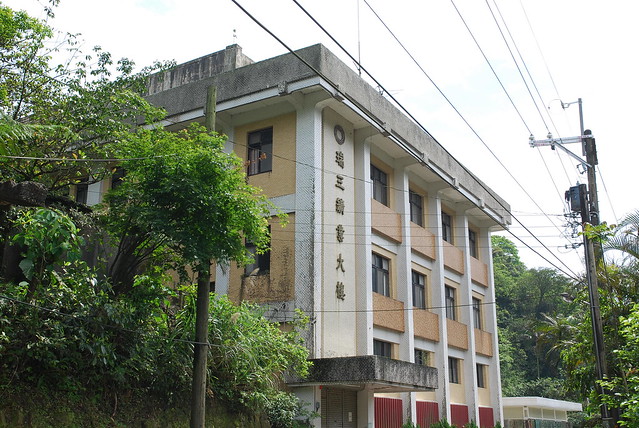

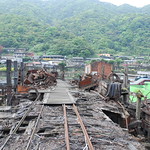


Because Houtong was the largest freight station for mining transportation, Houting Coalmine Ecological Park(猴硐煤礦博物館園區)is built in this place for good reason. The park consists of Japanese colonial-era building, mining transport bridge, old coal processing plants, museums and educational exhibits. The museum is designed as a coal industry theme, in which circulates the relics, histories and stories of the coal mining industry. There are many activities is arranged for visitors to go underground to experience the working condition of miners and to get a chance to touch a 200.3-kiogram gold bar. Visitors intrigued by the combination of Japanese colonial-ear buildings and industrial relics should definitely come to Houtong to see the unequaled sight.

Locals have also capitalized on their “Cat Village” by setting up shop houses selling anything from paintings and postcards of cats, to cat-shaped pillows and stuffed animals. Cat-themed coffee houses and bakeries are plentiful as well. Giant-sized Hello Kitty and Pusheen toys are among the strangest. Everywhere you look, laughing cats, smiling cats and smirking cats are engraved on cups and tote bags. Rings, scrunchies and even clothes pins are adorned with cat heads. Traditional good-luck white porcelain cats with arms that bob up and down are also sold in Houtong.

I'm not a fan of Shintoism (or Japanese Buddhism either for that matter) but I've always found Shinto shrines to be very serene and peaceful, for reasons I can't explain. But Sophia did not like the ancient atmosphere. The former Houtong Jinja (shrine) was abandoned after the Japanese left, so virtually nothing remains of the actual shrine, however the two torii (gates) are still standing, one stone and one (rotting) wood. I recommend walking the short but pleasant path across the coal transportation path from the train station, passed the Ruisan(瑞三) Mine, up steps just to the left of the building, and then following the path to the torii (above), then through the former temple site and then down the "hundred steps", which have been used for many purposes over the last century, and rebuilt several times. From there it's a short walk back to the centre of the Visitor's Centre.
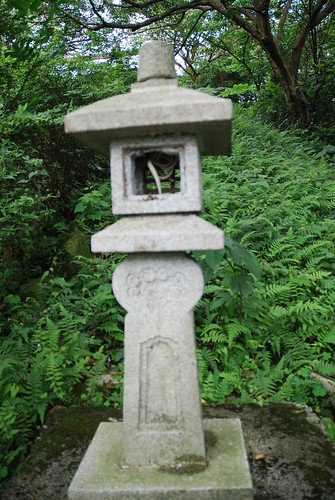


0 comments :
Post a Comment